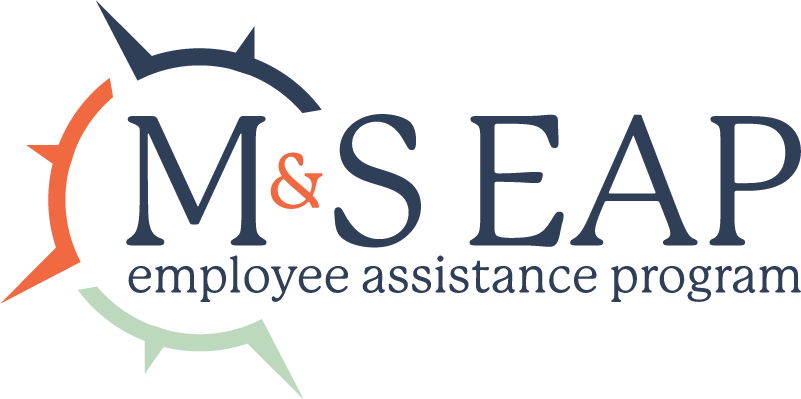What is Job Benchmarking, and Why is it Important?

Job benchmarking, also known as HR benchmarking or employee benchmarking, is a practice that helps a company optimize job descriptions, effectively screen candidates and set their employees up for success.
Job benchmarking defines facets of a role that help companies hire ideal candidates and are critical for the employee’s success, such as:
- Summary of the purpose and objectives of the position
- The number of hours typically required for the average project in the role
- Daily individual tasks, as well as broader goals
- Technical skills needed to complete daily tasks
- Functional or supervisory management duties and/or skills
- Soft skills, such as organization, time management or interpersonal communication
- The ideal combination of education and years of experience
- Level of seniority
- Appropriate salary or salary range
- Personality traits that may help the employee thrive in the role
- Industry-specific knowledge and skills
- The relationship of the role with others in the company
Having a clear picture of what a position looks like is beneficial to both the company and the employee. It sets expectations on both ends for what is required of the position and the type of knowledge and skills needed to succeed. This will ultimately reduce turnover and retain employees who are not only good at what they do but truly love doing it.
Benchmarking can also standardize positions across large organizations such as healthcare companies, public universities and government agencies. Across the board, job benchmarking will define specific titles, salaries and seniority within job families. This makes screening and hiring much easier, as it helps make clear the qualifications and appropriate salary for each position.
What are the basics of benchmarking?
First, you must identify the role you are benchmarking. Let’s say you work at a large hospital and need to hire an inpatient psychiatrist specializing in substance addiction, but want to benchmark the role prior to opening up the application. This psychiatrist must have a medical degree and be licensed to practice in your state.
Now that you have your position in mind, it’s time to define the aspects of the position that are important to your organization. Take time to solicit your colleagues’ opinions on what should absolutely be included in the job’s benchmark, in addition to those nice-to-haves. It may even be beneficial to circulate a survey to your employees for feedback on how the position can be improved.
The scope of your addiction psychiatrist position can look like the following:
- 50% of time spent on patient rounds, counseling, and treatment, including medication-assisted treatment
- 20% of time spent on creating individualized care and treatment plans
- 20% of time spent on research
- 10% of time spent on conducting emergency assessments and treatment
Education and experience requirements:
- Doctor of Medicine degree with residency training in psychiatry
- Board certification with the American Board of Psychiatry and Neurology
- At least two years of experience with inpatient addiction psychiatry treatment
- Specialization in cognitive behavioral therapy
Finally, any additional expectations for the position:
- Must be able to work overnight shifts
- Must be available for on-call shifts
Once this step is complete, you are ready to post the job application and begin screening candidates. Internally, you may refer to this position as a Level Two Psychiatrist because of the benchmarked education and experience requirements. You will then offer your ideal candidate the Level Two Psychiatrist salary as defined by your organization.
Don’t forget to adhere to these benchmarks during and after hiring. While interviewing, compare candidate resumes to see if they have the ideal skills you defined in your benchmarking. After the new employee has started their position, encourage them and their manager to regularly review the job’s benchmarks to ensure both are happy with the responsibilities and expectations.
How can my organization most effectively benchmark?
The best way to approach job benchmarking is with a collaborative mindset. Each team member likely has their own idea of what a position requires, and having a variety of opinions will help you hone the requirements that are most commonly deemed to be important. The hospital administrator in your group may believe that the psychiatrist should be skilled in conducting group therapy, whereas the fellow psychiatrists feel their practice consists mostly of individual counseling. Both can agree, however, that the psychiatrist should be a specialist in cognitive behavioral therapy.
Job benchmarking should also be done on a regular basis. Roles can change over time, especially as employees join and leave companies, technologies change, and clients come and go. The same position can have two vastly different job descriptions over the course of a few years. Consider working with your EAP to review your benchmarks on a semi-quarterly basis to determine if they remain consistent with what your organization is looking for.
Mazzitti & Sullivan EAP offers job benchmarking to help companies increase engagement, reduce turnover and hire the best employees for their positions. Give us a call at 800-543-5080 to introduce job benchmarking at your company today.



